Every generation has its quirks, but Gen Z’s online culture moves so fast—and so far left of logic—that people even just a few years older often feel like they’ve aged out of the internet entirely.

Whether it’s fashion statements that feel like deja vu from 2002 or slang that requires Google Translate, these trends leave millennials and beyond wondering, “Is this a joke… or am I just old now?” If you’ve ever found yourself quietly closing the app and taking a deep breath, you’re not alone. These are the Gen Z trends that tend to push everyone over 25 into a soft, silent spiral.
1. Wearing giant headphones like it’s 2006 again

Gen Z brought back wired, over-ear headphones as a style statement—and not ironically. To those over 25, it’s giving flashbacks to tangled cords in coat pockets and accidentally yanking your phone off the table during LimeWire downloads. Apparently, AirPods are now “cheugy,” and chunky plastic ear gear is cool again. It’s part fashion, part rebellion, and 100% a reminder that comfort doesn’t stand a chance against TikTok-approved aesthetics.
2. Talking in “main character” syndrome
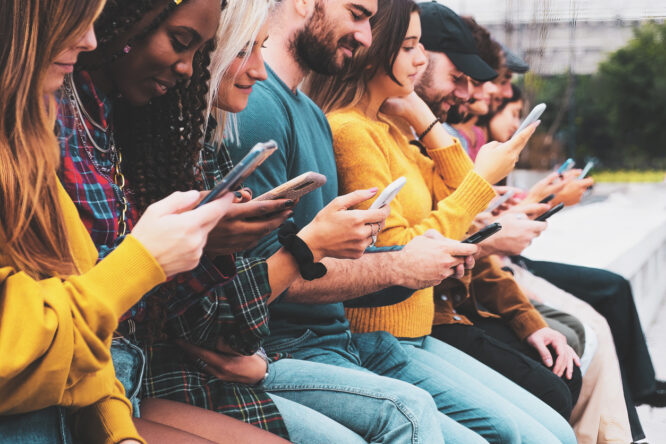
Everything is “giving.” People are “serving.” Entire personalities are now broken into aesthetic moods like “clean girl,” “feral girl,” or “coastal cowgirl.” And it’s all somehow filtered through the lens of being the main character in an imaginary indie film. To older millennials and beyond, it can feel exhausting trying to decode whether someone is having a rough week or just cosplaying emotional depth. Not everything needs a vibe. Sometimes you’re just eating cereal.
3. Wearing ultra-low-rise trousers on purpose

We fought hard to leave low-rise jeans in the early 2000s, where they belong—alongside butterfly clips and body glitter. However, Gen Z said, “Let’s bring it back, and make it lower.” People over 25 still carry emotional trauma from jeans that required constant adjustment and eliminated the concept of sitting comfortably. Watching their return sparks a full-body flinch that no amount of trend forecasting can soften.
4. Claiming every emotion is ✨aesthetic✨

Feeling sad? It’s “sad girl autumn.” Anxious? Try “romanticising your spiral.” Everything from crying in your car to being ghosted is now content, complete with mood lighting and matching playlists. Older generations were taught to process emotions privately or, at most, write a cryptic Facebook status. Now it’s a full-blown production, and half the internet is wondering when the healing happens, or if it’s all just for the feed.
5. Using slang that sounds like broken code
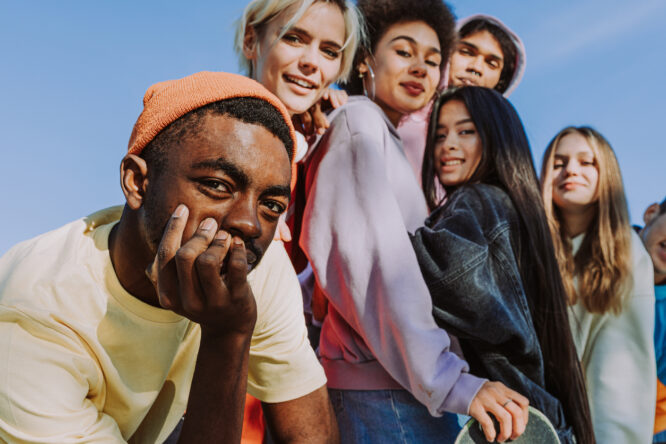
“It’s giving.” “Slay.” “No crumbs.” “Ratio.” “Not you…”—these phrases get thrown around so often, they start to sound like internet-generated gibberish to anyone not fully immersed in TikTok culture. People over 25 often find themselves silently Googling phrases mid-scroll, only to discover the definitions are somehow more confusing than the slang itself. Once you finally understand them? They’re already out of style.
6. Creating entire personalities around niche aesthetics
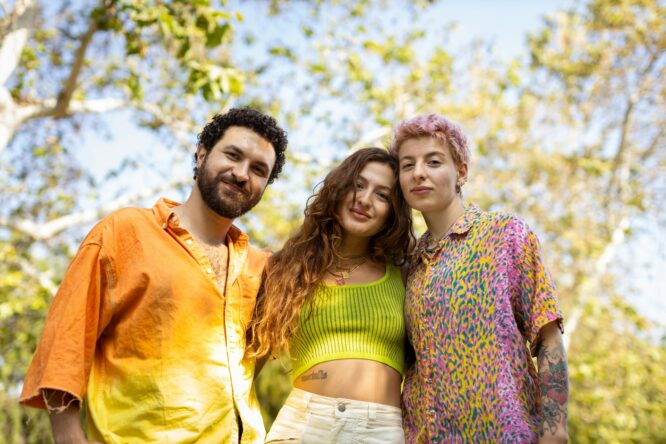
There was a time when being into books, fashion, or nature was enough. Now, everything is its own aesthetic. “Dark academia,” “vanilla girl,” “tomato girl summer,” “blokecore”—and if you don’t fit one, you’re just not in. It feels like every interest now comes with a required colour palette and set of Pinterest boards. For anyone over 25 who’s still just figuring out their skincare routine, it’s a lot to keep up with.
7. Making “de-influencing” into another form of influencing
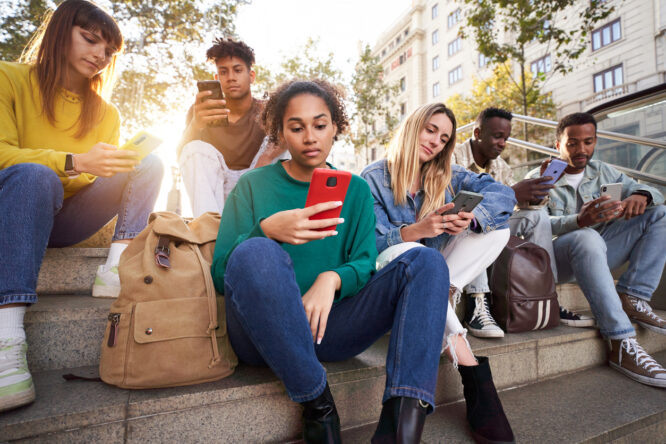
Gen Z proudly pushes back against consumerism by telling you what not to buy—while wearing £90 lip gloss and filming with a ring light. Somehow, even opting out has been monetised. For older millennials who remember a time before affiliate links, it’s mildly baffling. Is it a rejection of capitalism or just another sponsored moment in disguise? No one really knows anymore.
8. Bringing back Crocs with confidence
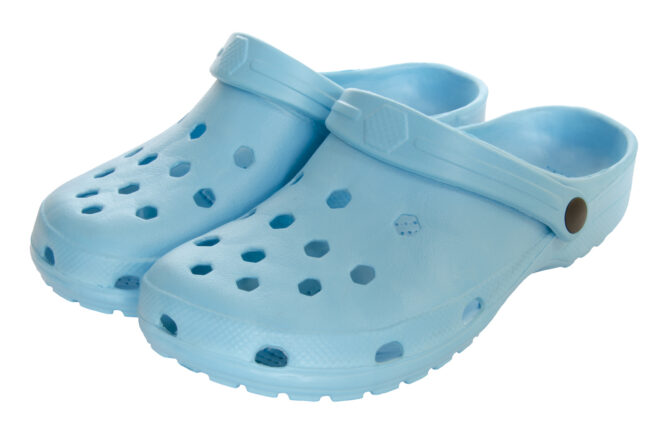
Crocs used to be a guilty pleasure shoe you only wore to take the bins out. Now, they’re fashion-forward. Bejewelled, platformed, and proudly styled with outfits that cost more than a rent bill. Everyone over 25 remembers the mockery Crocs once endured. Watching them rise from the ashes like rubber phoenixes is confusing, hilarious, and a little threatening to anyone who threw theirs out in 2011.
9. Treating every mild inconvenience like a full crisis arc

Running out of oat milk? “Traumatised.” Stuck in traffic? “Literally sobbing.” Dropped your phone? “Mentally unwell.” Gen Z exaggerates everything—for humour, but also for effect—and older folks are never quite sure when it’s a joke. The dramatics are often tongue-in-cheek, but when everything is framed like emotional devastation, it gets hard to tell what’s serious and what’s just a bit. Sometimes, you’re just out of coffee. That’s it.
10. Posting photo dumps that look like film rejects

Blurry selfies, closed eyes, photos of the floor—Gen Z photo dumps reject curation in favour of raw, unfiltered chaos. The messier it looks, the more it screams authenticity. Meanwhile, millennials still double-check the lighting and throw on a filter before posting one picture, let alone twelve. The sudden pivot toward “I don’t care” as a carefully crafted aesthetic has them quietly rethinking their entire grid.
11. Turning personality traits into TikTok diagnoses

Forget nuance—if you like cleaning in silence, you have “clean girl syndrome.” Hate texting back? You’re an “avoidant.” Like staying in? You’re clearly “deep in your soft era.” Everything gets labelled, and suddenly, it feels like personality bingo. Older generations grew up with the idea that identity was complex and evolving. Watching every habit become a micro-trend leaves them wondering whether they’re missing out—or just finally free from the urge to label everything.
12. Wearing sunglasses indoors, and not even ironically

This one comes and goes, but Gen Z’s ability to make it look intentional (and cool) is uncanny. Wearing shades in dark restaurants or classrooms is now a full fashion moment. For everyone else, it brings back memories of trying too hard in sixth form or being hungover at brunch. It’s hard to watch without a slight secondhand cringe—though, admittedly, also a little envy for the sheer confidence it takes.
13. Treating existential dread like an aesthetic vibe

Gen Z’s humour thrives on nihilism. They casually joke about burnout, loneliness, and the collapse of civilisation—but package it in pastel fonts and lo-fi beats. It’s both hilarious and deeply unnerving. To older millennials, it feels like watching someone laugh through a house fire. The content is funny, sure—but also a little too real, and a reminder that humour might just be the last defence against collective emotional collapse.




